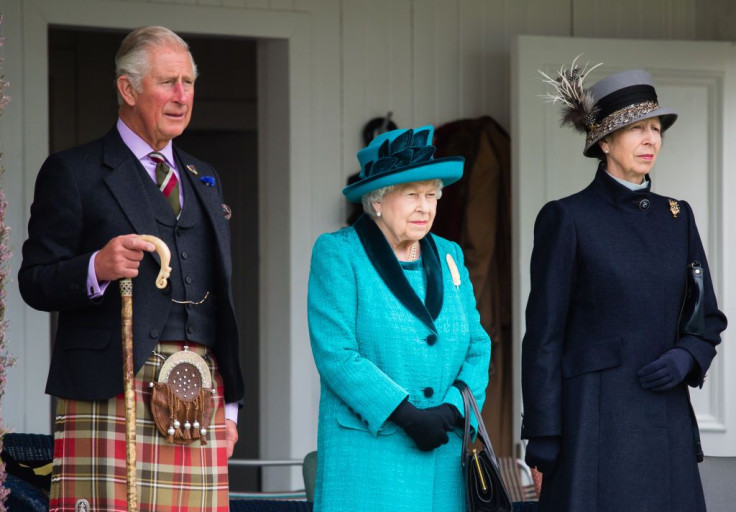
Princess Anne, the Princess Royal, is the second child of Queen Elizabeth and Prince Philip. She is also currently 14th in the line of succession to the throne.
The 69-year-old was second to the throne when Her Royal Majesty ascended, but her position moved back after Prince Andrew was born. It has been revealed, however, that a recent policy change could have possibly given the Princess Royal a closer spot to the Crown.
According to the royal rules on succession followed at the time of Princess Anne’s generation, there had been a long-standing male preference primogeniture. This meant that males had a “stronger claim” to the throne than females, thus putting their position higher than women regardless of birth order.
However, a recent rule alteration changed the dynamic of the royal family as a whole. In 2015, the Succession to the Throne Act of 2013 was passed, scrapping the male preference in succession.
This meant that Princess Charlotte — Prince William and Kate Middleton’s second child — gets to keep her position as 4th in the line of succession upon the birth of her younger brother, Prince Louis. This particular Act could have given Anne the needed leverage to bring her seat closer to being queen.
“It could have created the risk that some of the Realms would have chosen not to follow the UK’s lead, with the result that their own laws relating to the succession may have become different to those in the UK,” wrote Professor Neil Parpworth in the Modern Law Review. “Thus, for example, if a Realm had decided not to dispense with male preference primogeniture, the heir to its throne may at some point in the future have been a different person to the heir to the UK throne.”
Unfortunately, the 2013 Act does not apply retroactively. This means that the Princess Royal does not move up in the wait list despite being born earlier than the Duke of York.
“Of course, had the UK and the other Commonwealth Realms wanted to, they could have provided that the new rule should apply from an earlier date,” Parpworth explained. If the Commonwealth realms decided to pursue this line of thinking, Princess Anne may have seen her and her children bumped up in the line of succession.
© 2025 Latin Times. All rights reserved. Do not reproduce without permission.




